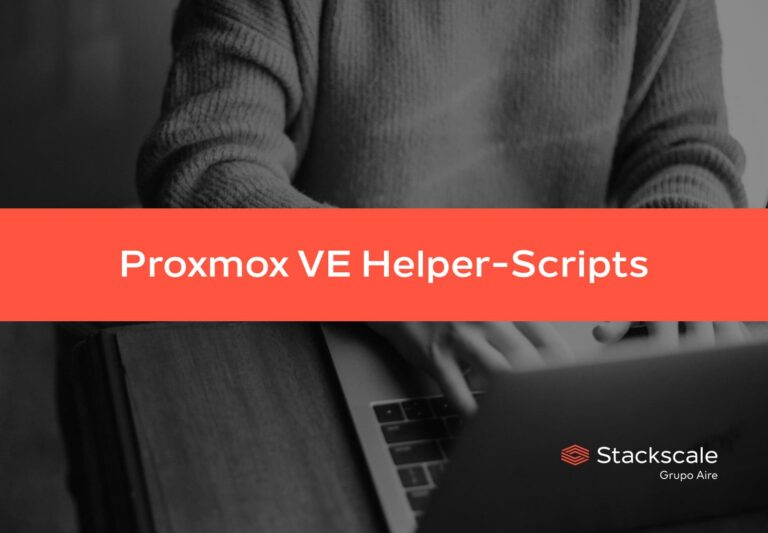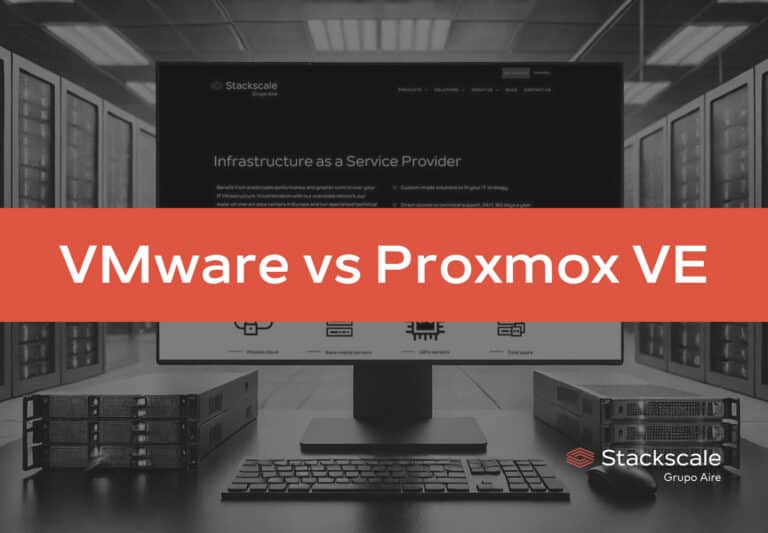Migrating from on-premise to cloud is often considered not only as a way of reducing costs but also as a strategy to add value to businesses.
When migrating from an on-premise to a cloud datacenter, companies can enjoy many intangible benefits in addition to cost savings. Therefore, when calculating “cloud ROI”, companies should consider multiple factors. Since cost optimization is just one of the motivations for changing to a cloud model.
Benefits of migrating from on-premise to cloud
The list of reasons to migrate from an on-premise to a cloud-based infrastructure goes far beyond money saving. By relying on a cloud solution, organizations can also:
- Increase scalability, agility and competitiveness.
- Benefit from service availability guaranteed by SLA.
- Boost business continuity and Disaster Recovery capabilities.
- Reinforce control over costs.
According to Couchbase’s cloud report of 2023, more than 50% of companies are switching from a CAPEX to an OPEX model, while only about 20% of companies are switching the other way around. In fact, although cloud repatriation from public cloud to dedicated solutions is gaining popularity among CIOs and CTOs, this trend is not leading to a return to on-premise data centers. As cloud solutions allow businesses to access certain services and applications that it might not be affordable to implement in-house.
Scalability and agility
Companies can scale their infrastructure up and down whenever necessary to meet demand. They can update their IT infrastructure faster in order to adapt to the evolving needs of the business; as well as leverage new opportunities. Organizations can also benefit from the agility cloud offers to adopt the newest technologies such as AI, more easily and cost-efficiently.
Cost-efficiency and competitiveness
The CAPEX vs OPEX comparison keeps standing out when considering an infrastructure migration. Compared to traditional IT solutions based on a CAPEX model, cloud solutions allow companies to invest their available capital in more revenue-generating solutions such as product development, R&D or lead generation. Thus also allowing companies to increase competitiveness and enter new markets.
By outsourcing the management and maintenance of the technical infrastructure, IT teams can focus on tasks adding more value to the business and customers. Even though they also need to take other responsibilities such as educating and assessing other departments to make the most of cloud technologies, thus avoiding both unnecessary costs and potential risks.
Moreover, by migrating from an on-premise to a cloud data center, companies can also accelerate their time to market and shorten provisioning times.
Availability and uptime
Cloud service providers establish their level of availability as a percentage in their Service Level Agreement (SLA). For instance, Stackscale’s SLA guarantees 99,95% network availability and 99,90% hardware availability. Besides, the data centers where we host our infrastructure guarantee 99,99% SLA availability.
Business continuity and Disaster Recovery
The cloud has made certain technologies and solutions more affordable to businesses of all sizes. This includes business continuity and Disaster Recovery solutions, which are a priority as cyberthreats continue to rise year after year.
Cloud providers like Stackscale offer a high level of redundancy and security, so companies can achieve the level of business continuity they need for their mission-critical systems, more efficiently. Besides, most service providers deliver disaster recovery solutions adapted to business DRP requirements.
Keeping control of costs in the cloud
The cloud helps balance IT spending and optimize costs, but it also demands for new approaches. According to Couchbase’s cloud report of 2023, factors such as vendor lock-in, lack of transparency or inflexible pricing entail about 29% overspend on cloud services.
Cost management must be approached differently when migrating off-premises. Fast provisioning in the cloud must be properly managed to keep control of costs over time. Therefore, it is particularly important to rely on solutions that offer transparent pricing and flexibility to make the most of the cloud without incurring cost overruns. As well as adopting new methodologies, such as FinOps, to manage operational costs more efficiently.
On this matter, Private Cloud environments usually provide more predictable costs and performance, as most of the workloads in businesses are predictable. Dedicated cloud solutions, along with a transparent billing structure, make it easier for businesses to keep the cloud budget under control.
The on-demand private cloud model offers the flexibility of the cloud and the peace-of-mind of having an infrastructure of exclusive use, without capital investments.
Furthermore, in terms of cost-efficiency, a close collaboration between technology and finance teams is also key to successfully manage costs and make the most of investments. The relationship between the CTO and the CFO is important to select the right technological solutions for the business, both for optimizing costs and boosting performance.
Thinking about changing from an on-premises to a cloud model? Our cloud experts can help you find the right infrastructure for your company.
Sources: Couchbase





